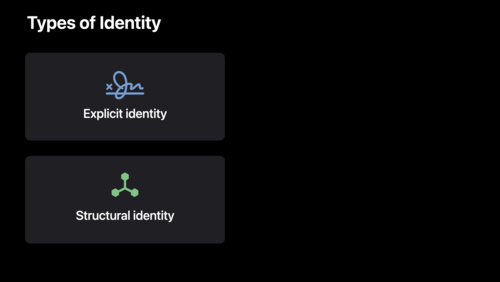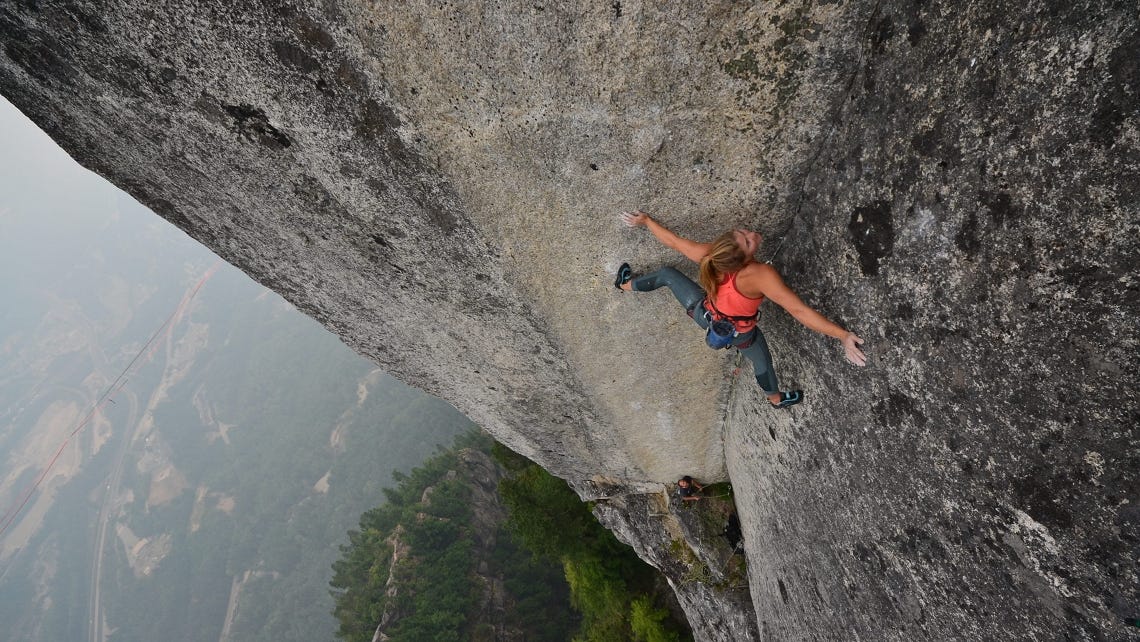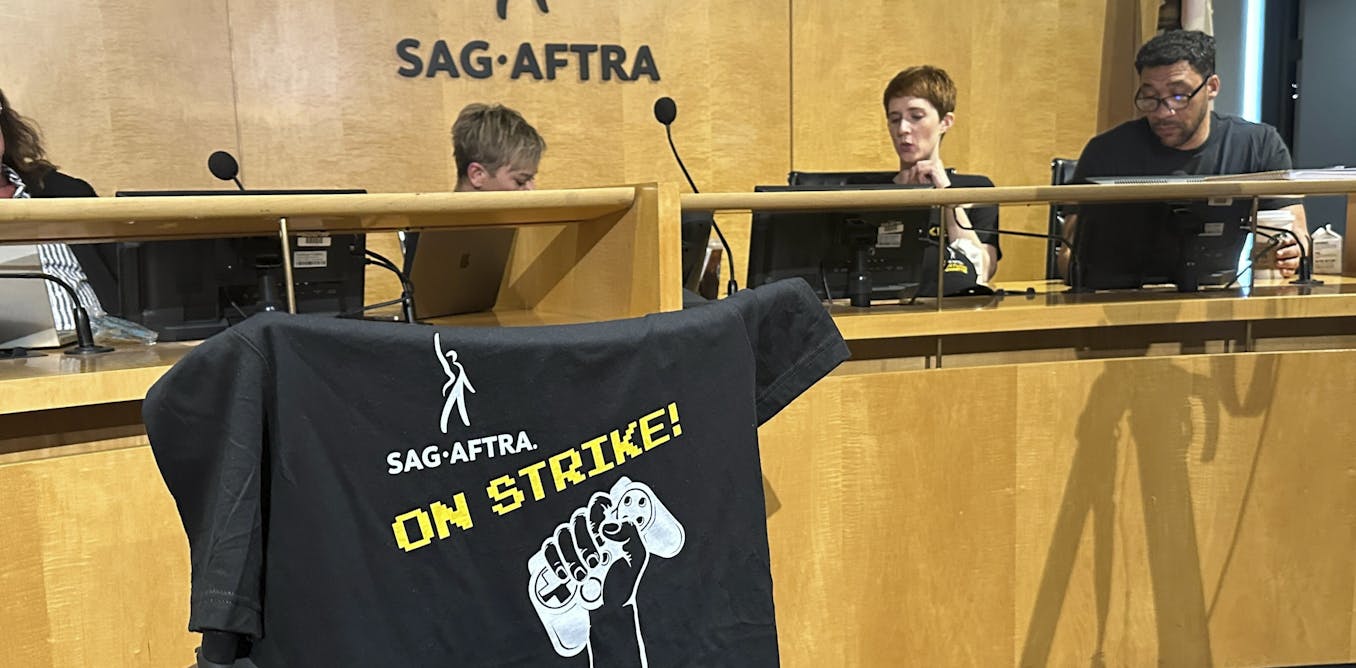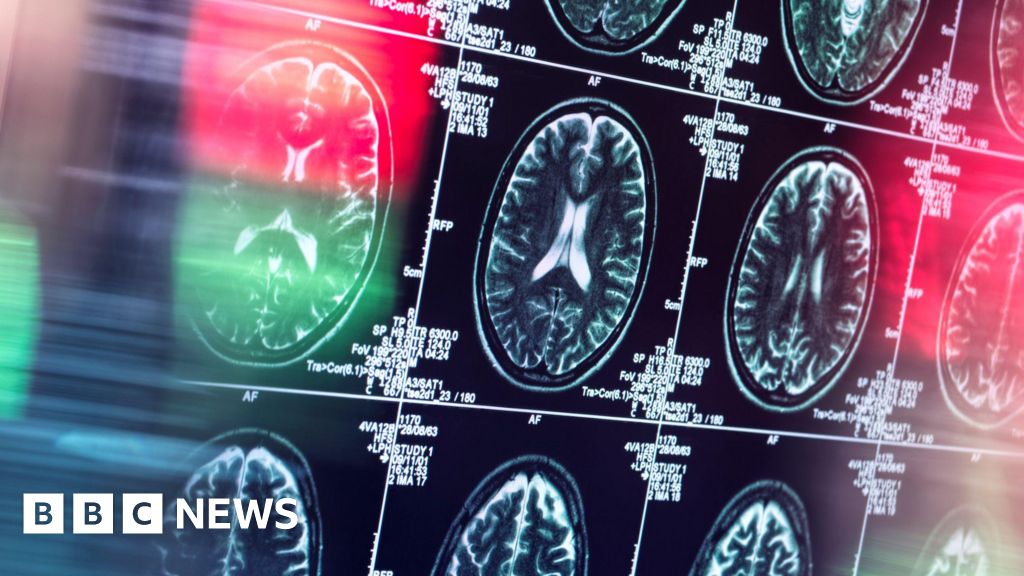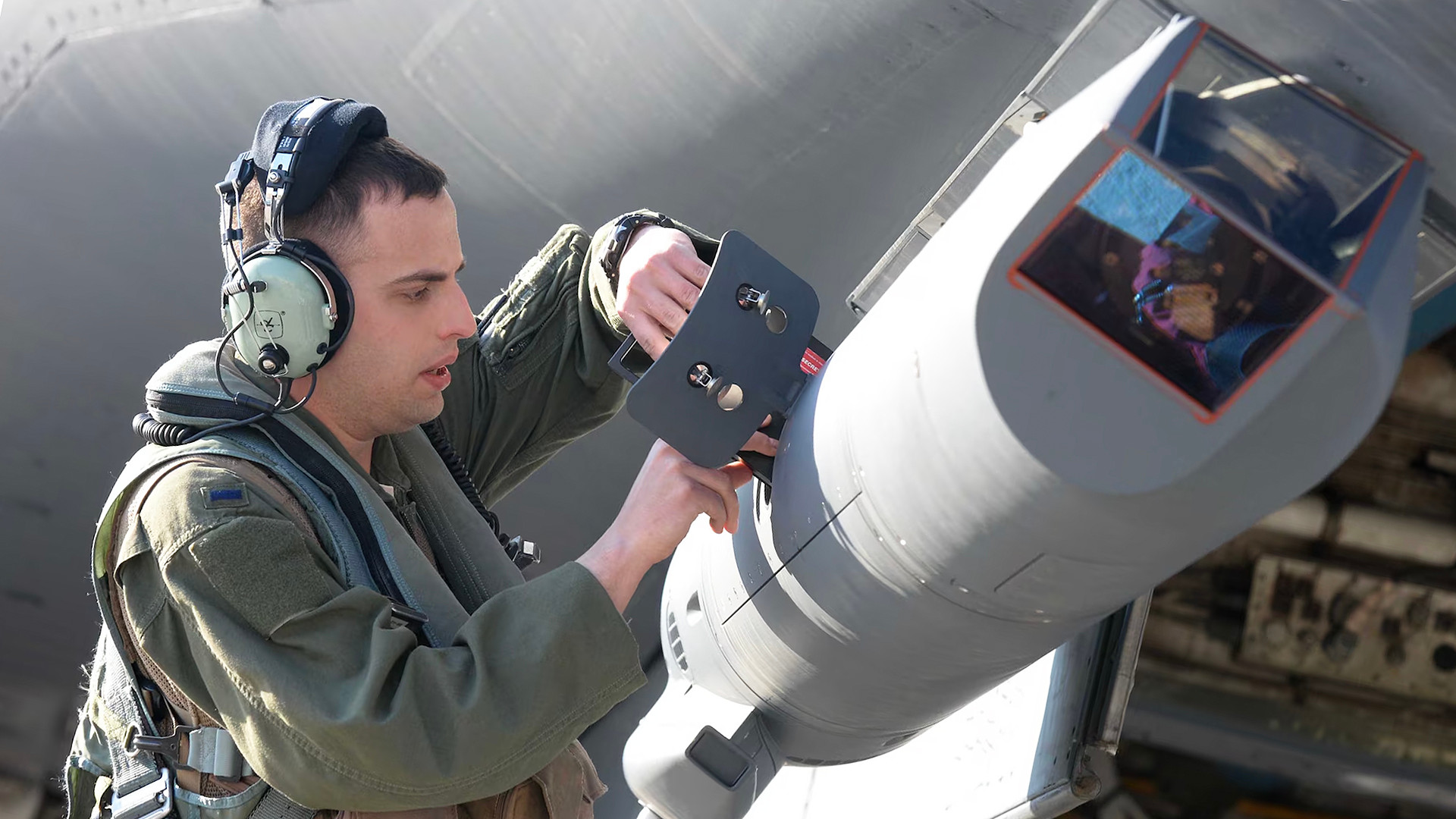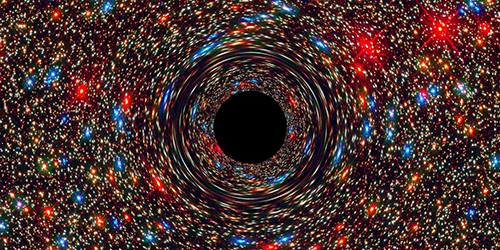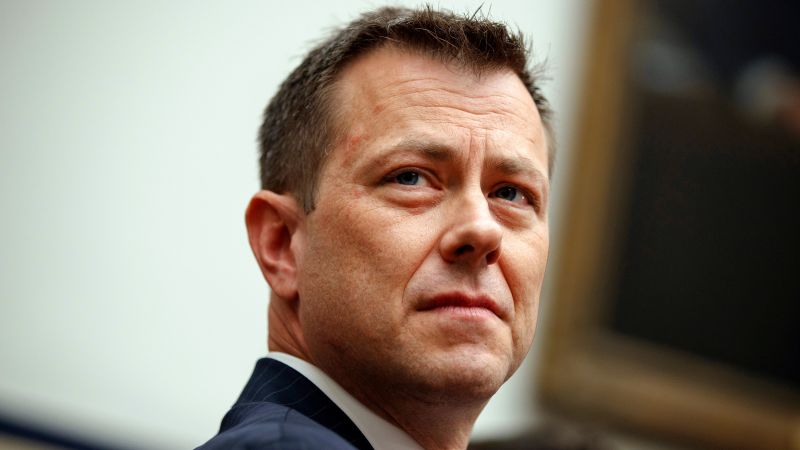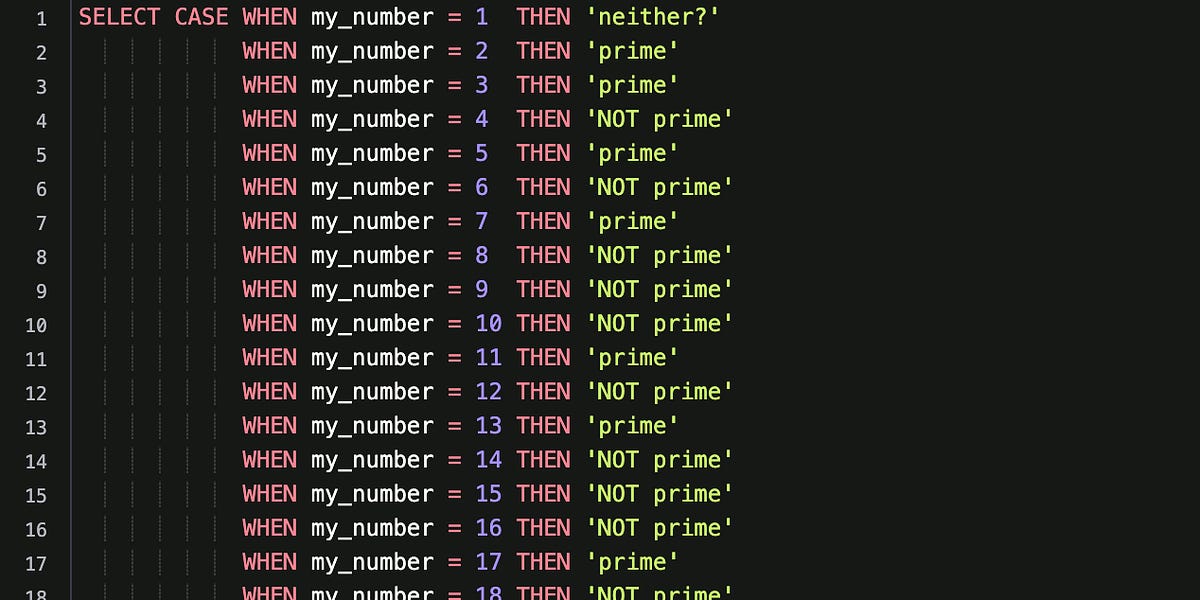conditional-flow-matching
submited by
Style Pass
Let's also plot random noise. It will be important for the method - our model will learn how to transform this random distribution to our target distribution - the dataset.
As it turns out, our accoring to our ExampleFlow, at time step 0.6 and at data point where the features are .2 and .4, the probability density flows towards -0.12 and 0.16 in these dimensions respectively.
Once we have a flow and a data point (our a set of such points) we can "follow the flow", which also can be visualized - let's see how our random noise is transformed by the ExampleFlow as time goes from 0 to 1.
Read more bm371613.git...
